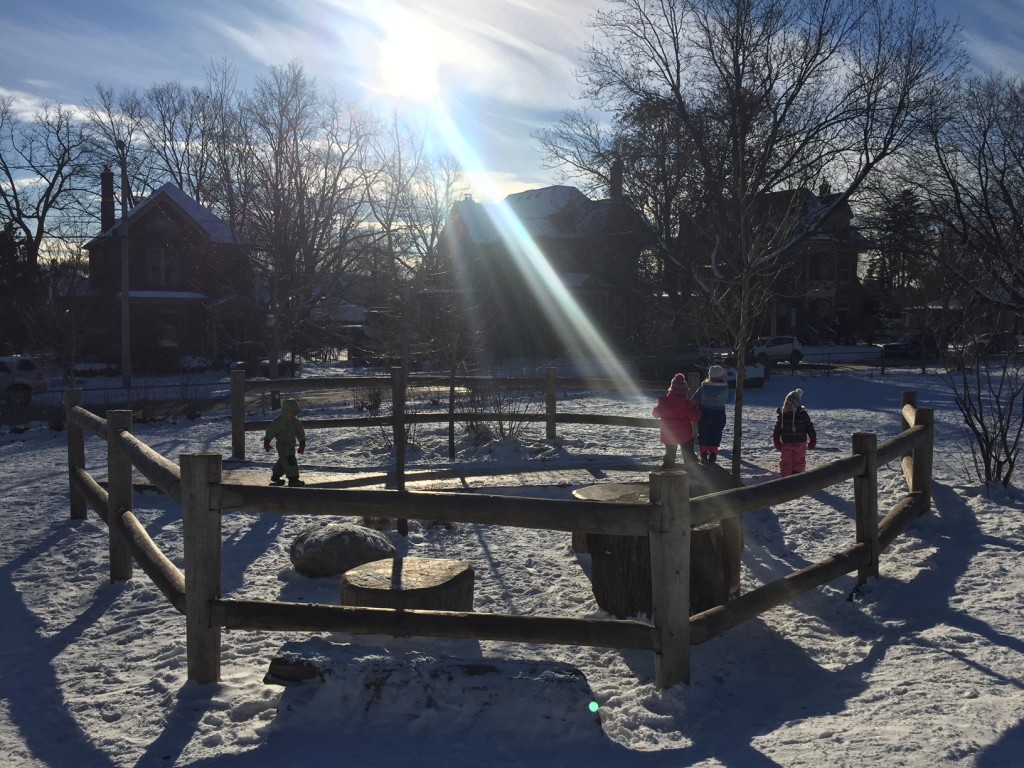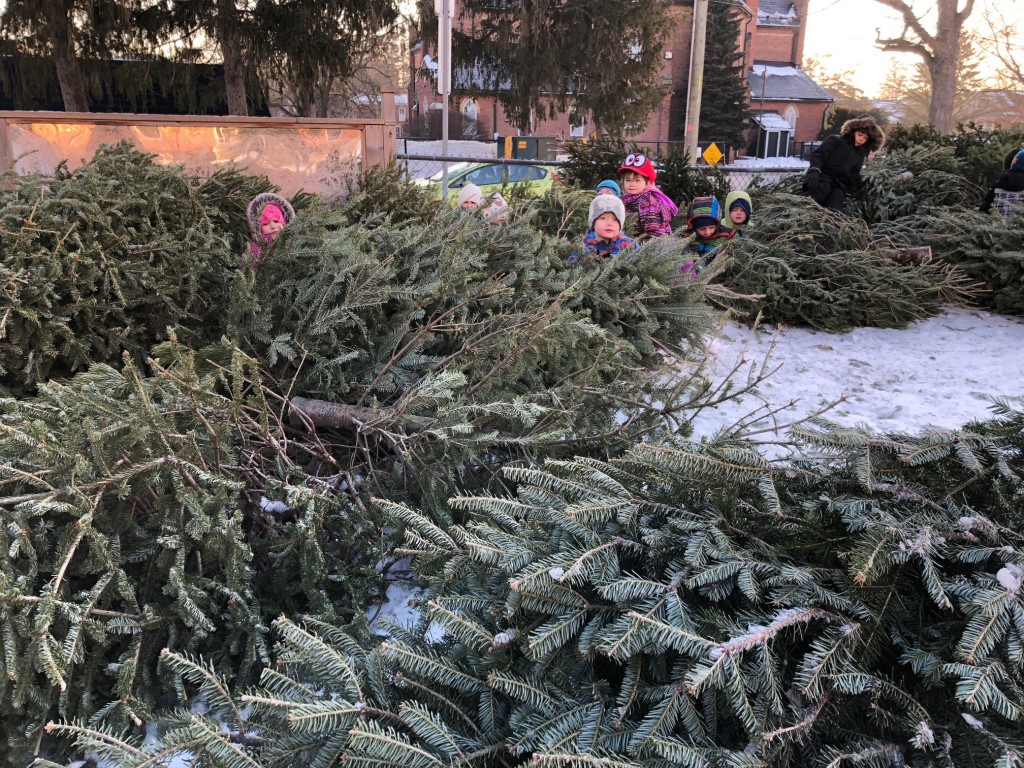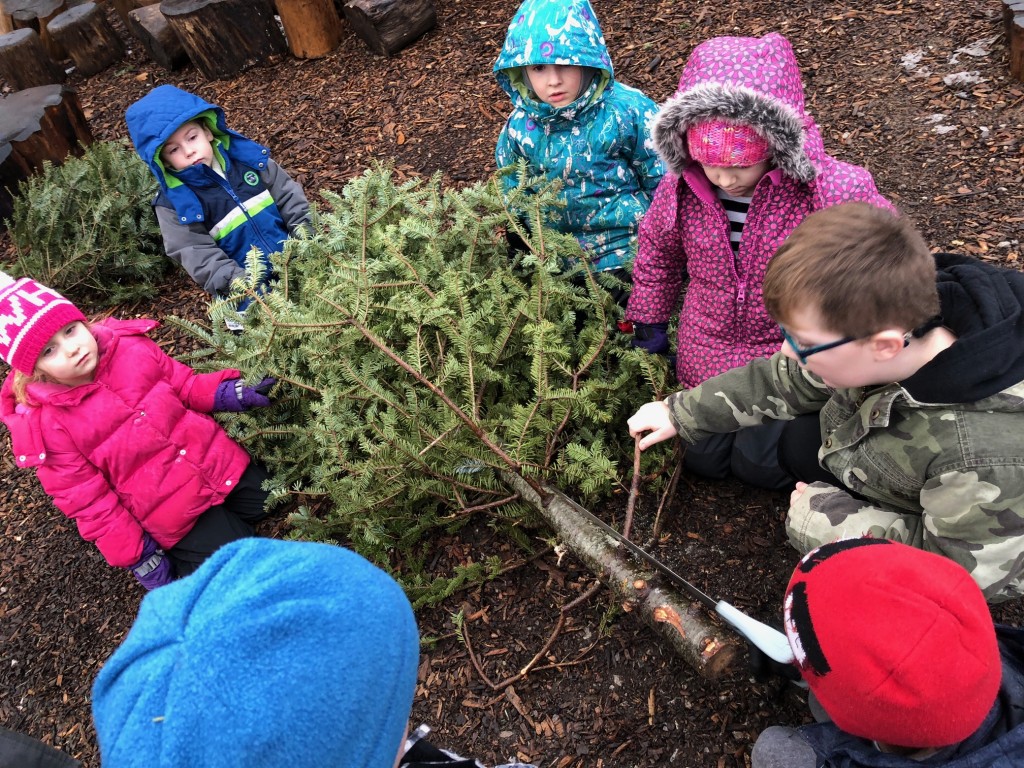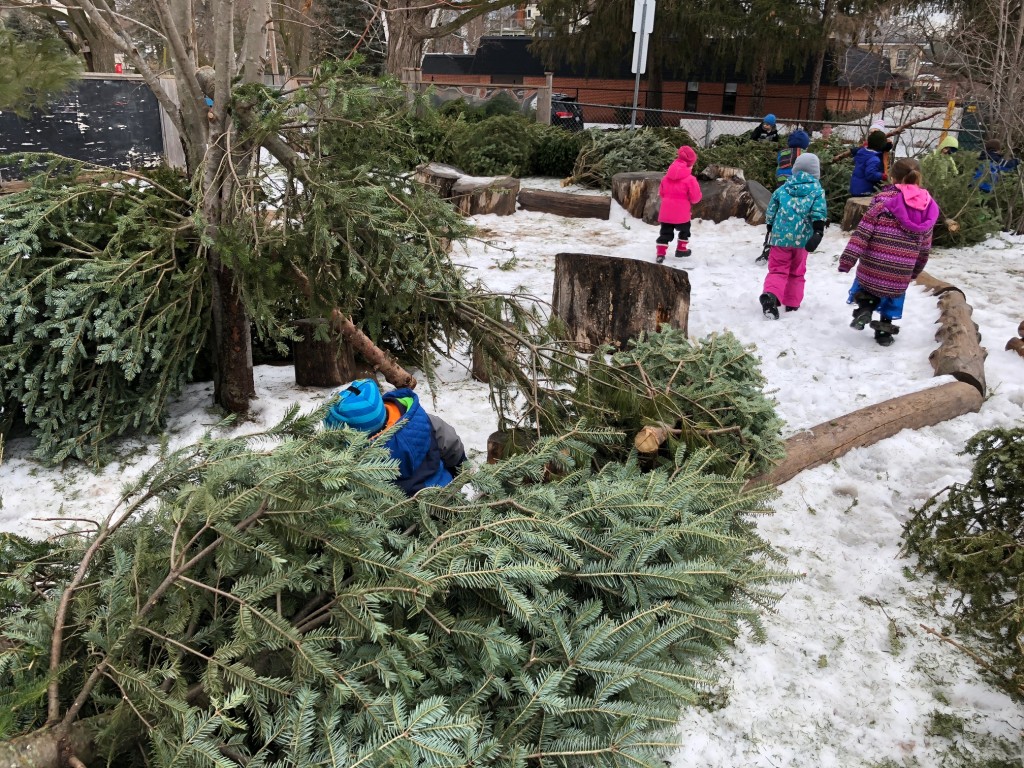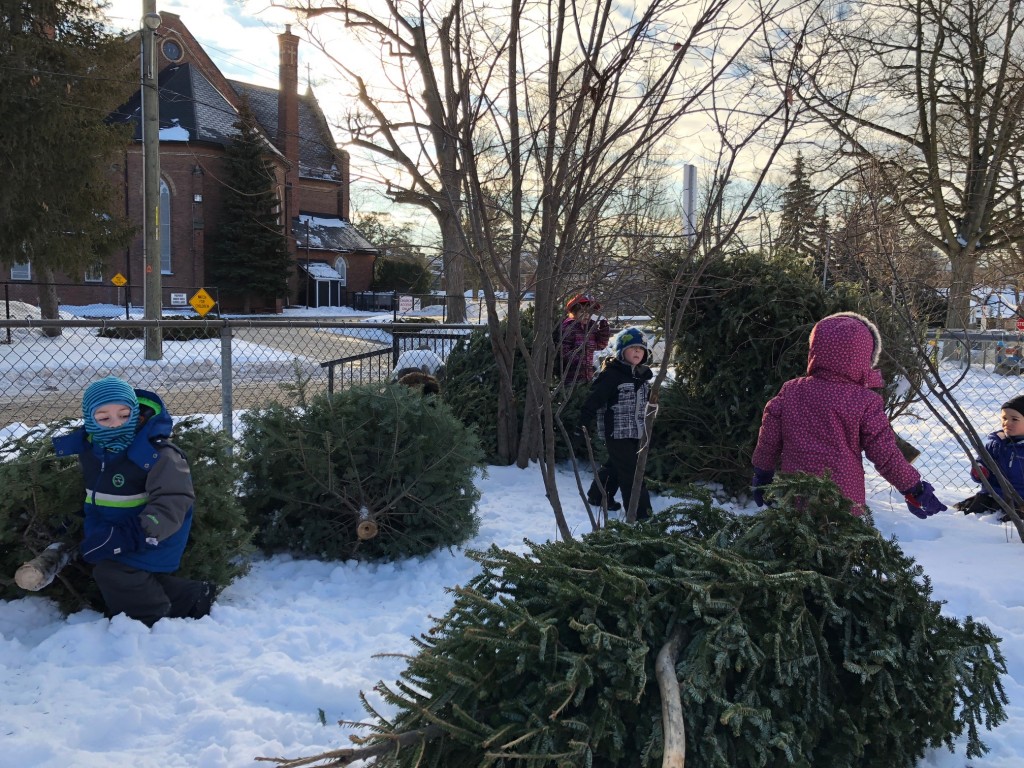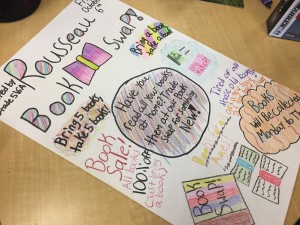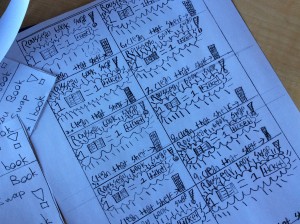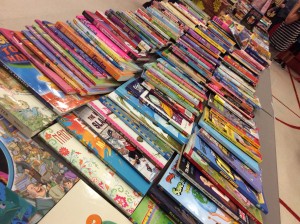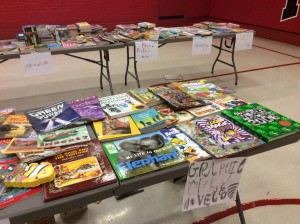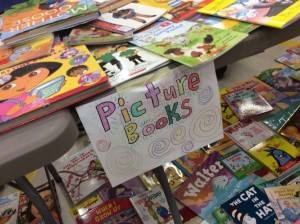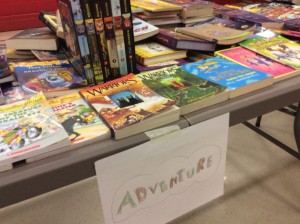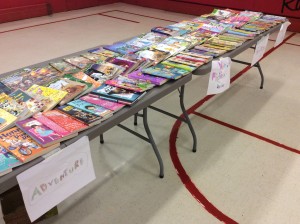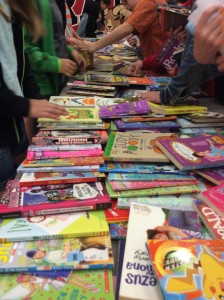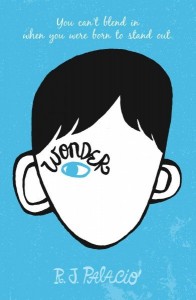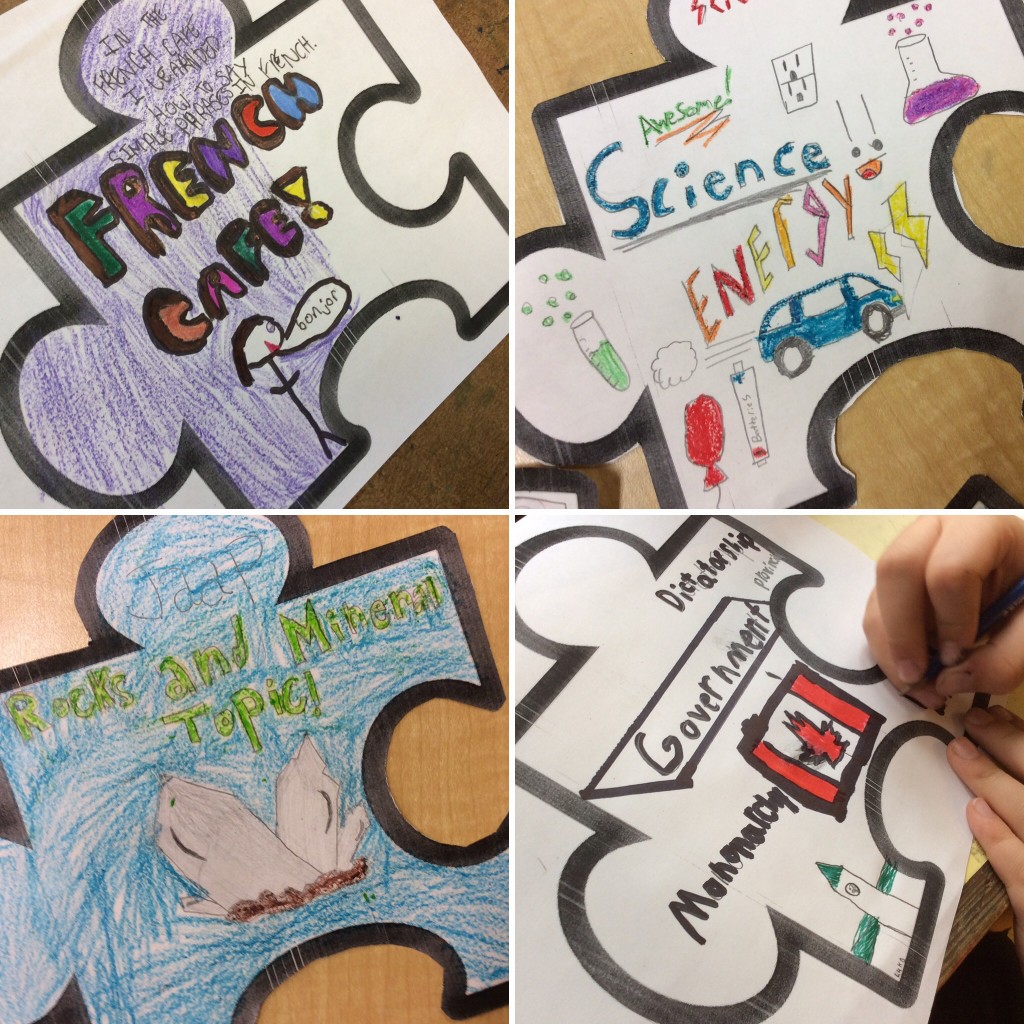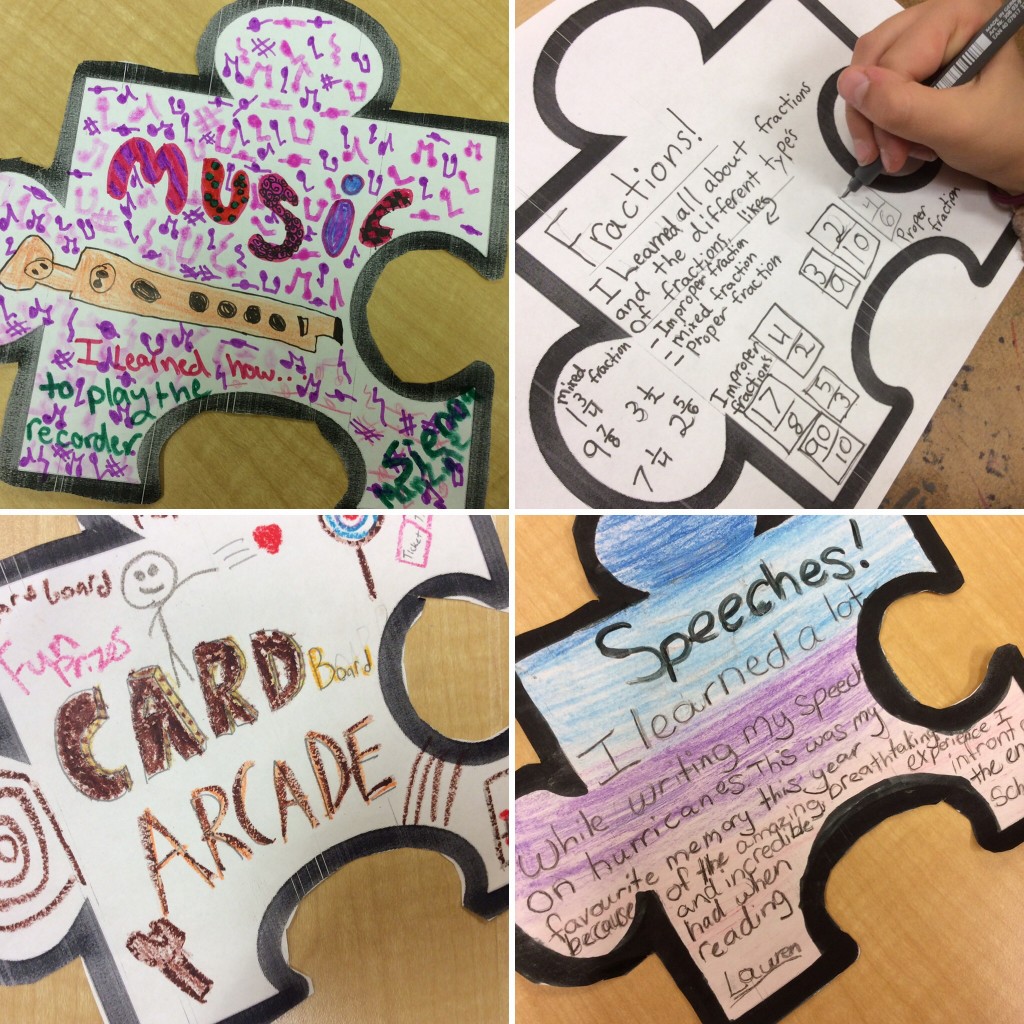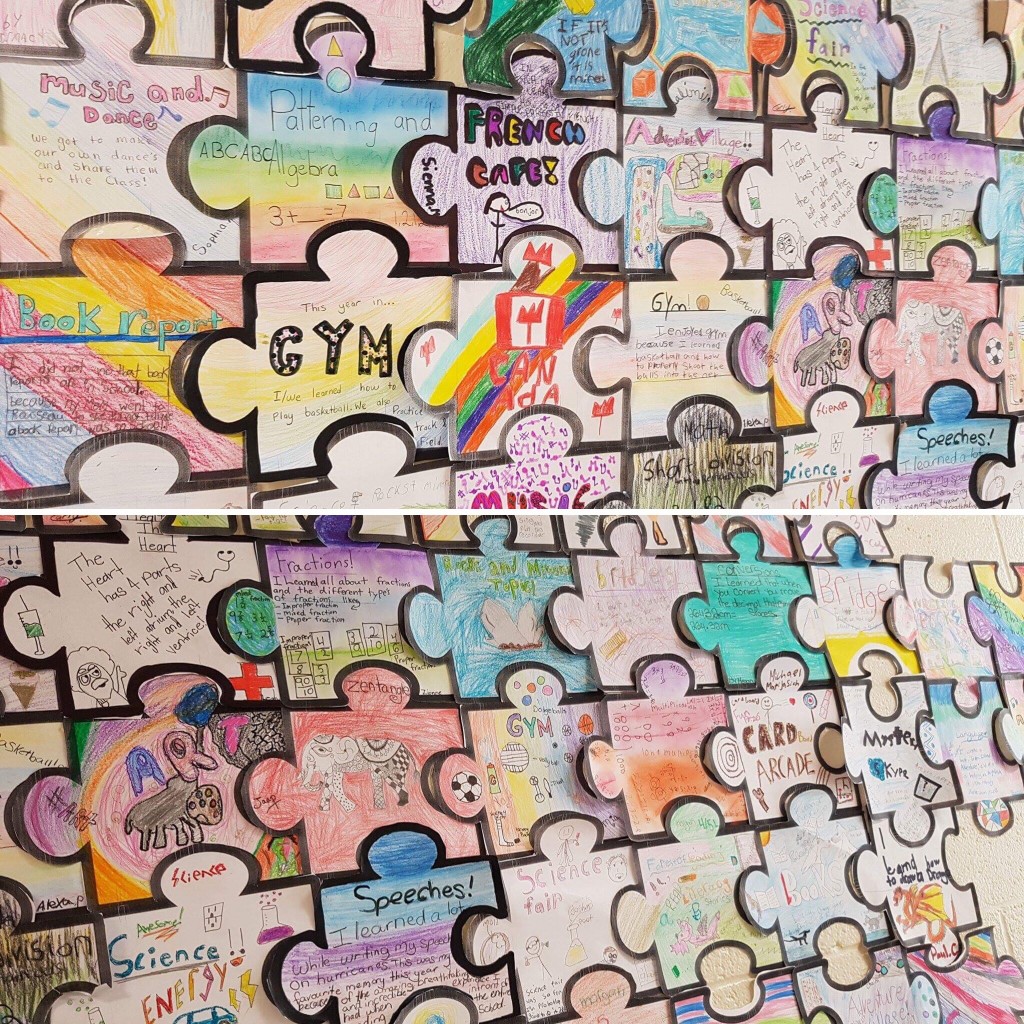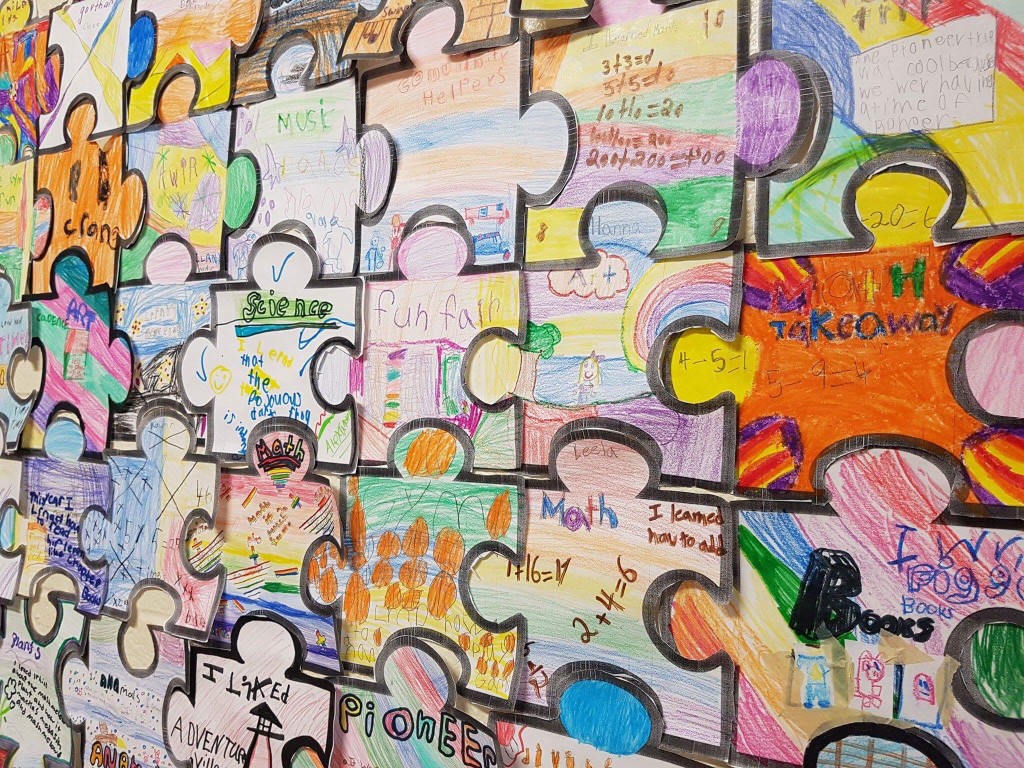A student in my class spoke to me for the first time today. It was the tiniest whisper and only one word, but for this particular student it was big, important progress. She has never been observed speaking to adults at school, only a few other children in the classroom. After trying everything in my ability and to my professional knowledge to build a nurturing relationship with her, finally something changed enough that she felt comfortable speaking to me for the first time. It brought tears to my eyes – another memorable moment in teaching for me.
This has got me thinking about all of the important, not always noticeable, progress being made by my Kindergarten students every day. We don’t always stop and take the time to think about the development of the whole child that is taking place. Educators tend to focus on reading, writing and mathematics behaviours in Kindergarten. Of course, this is an important aspect of the curriculum but it’s also the easiest to observe, measure and assess. Perhaps because it is the easiest to observe, we can sometimes forget to celebrate the more hidden things.
Kindergarten is full of invisible progress. Though, invisible is probably not the right word. Progress in Kindergarten is quite visible if you know how to look for it.
If students are given the opportunity to play, even more so if the play environment is set up intentionally, they will be constantly and rapidly growing. Through the right lens, we can observe social and emotional development in all play that takes place. Kindergarten students are never “just playing”. Their play is a hands-on exploration of the world, but more importantly it acts as testing ground for young children to try out their social skills, problem solving abilities and experience the emotions of everyday life in a safe environment. Children are building confidence and resilience. They are making mistakes, experiencing failure and experiencing success. They are intensely studying the world around them. There are no screening tools, checklists or assessments to measure this growth. It is sometimes hidden, often subtle, and only observed when we purposefully look for it. Just don’t forget that lens.
Our young learners are making huge cognitive, social, emotional and physical gains every day in our classrooms. Progress in problem solving while building with blocks, gains in understanding social cues in the dramatic play centre, discoveries of problem solving strategies in the sensory bin when a conflict arises, building resilience when trying to independently open a snack at the eating table – it’s everywhere. Sometimes we just don’t notice this progress until something profound happens: like a student who struggled with transitions all year suddenly handles them with ease, or a student uses their words to solve a conflict with a peer rather than reacting emotionally as they have all year, or like today, builds enough belonging and confidence to speak to a teacher for the first time.
As we head into Communication of Learning season, I hope we are reminded to stop and celebrate the “invisible” progress that our students have made this year. There will be some students who may not have progressed as well as we would have liked to see in academics, but we can rest assured that our students did learn every single day. They did progress, whether it be socially, emotionally, physically, or in countless other important life skills. I always say that in Kindergarten, we’re growing people – and that really is what we do!

